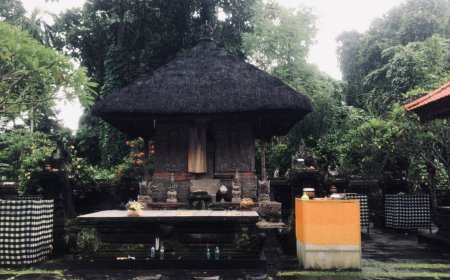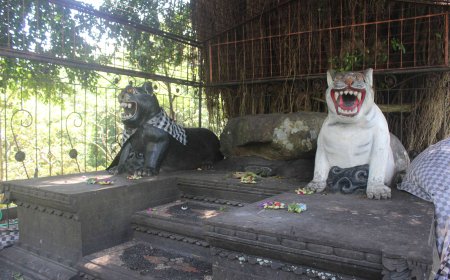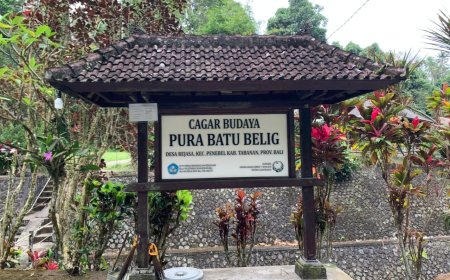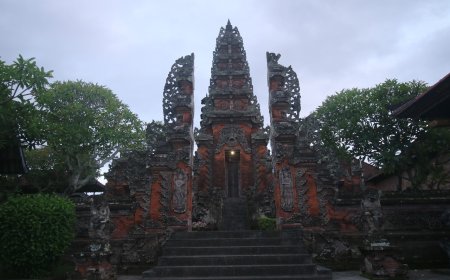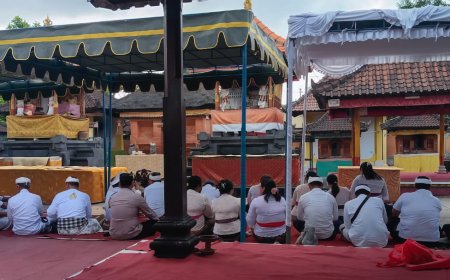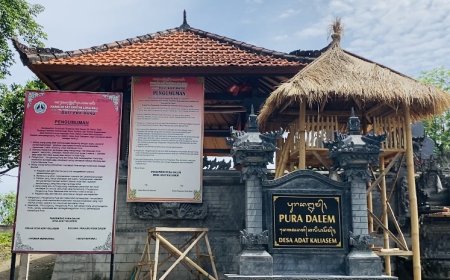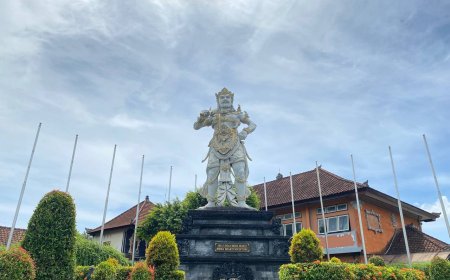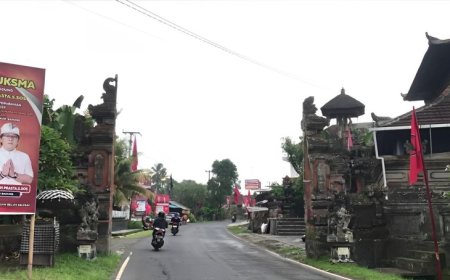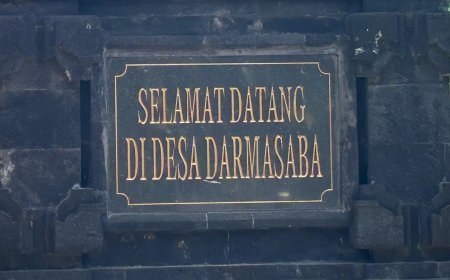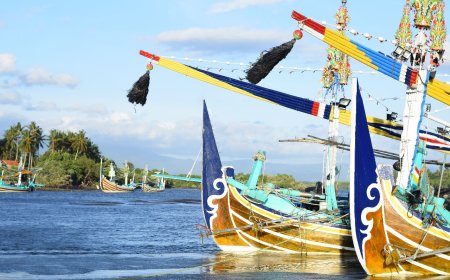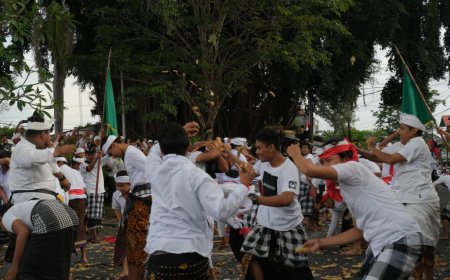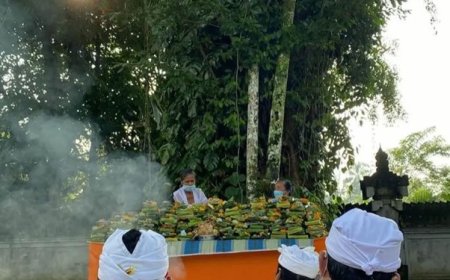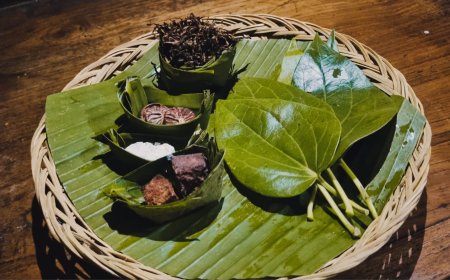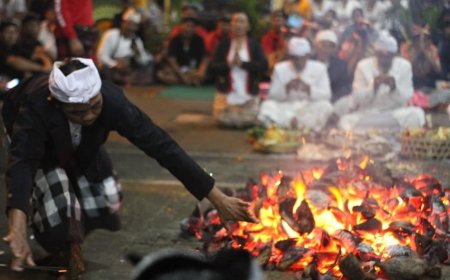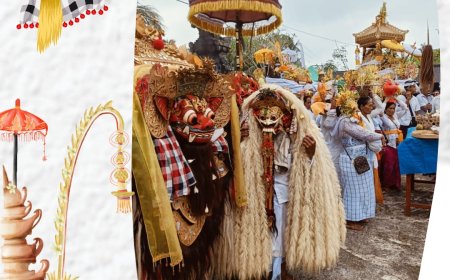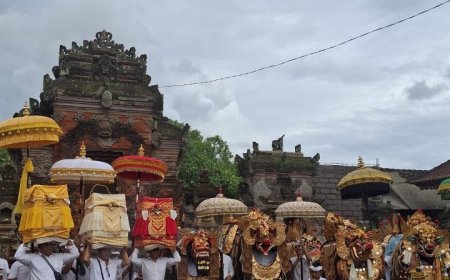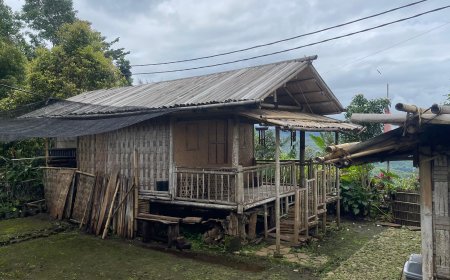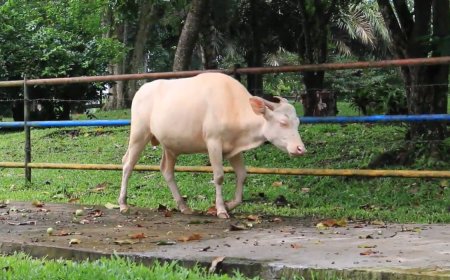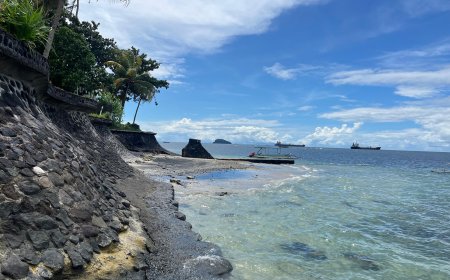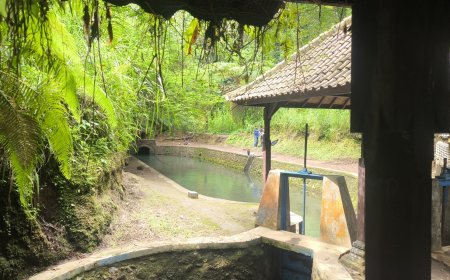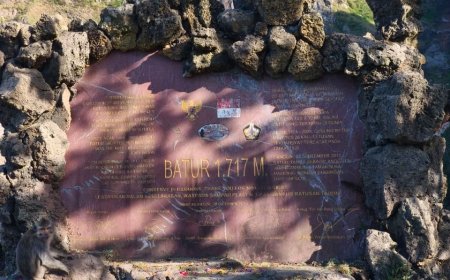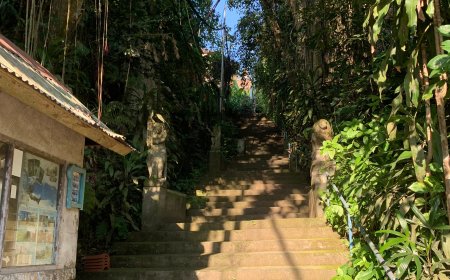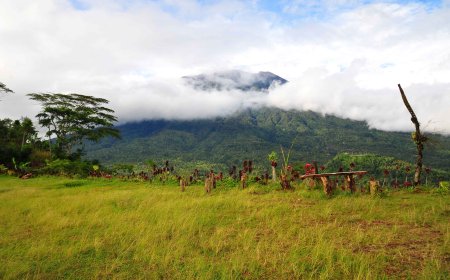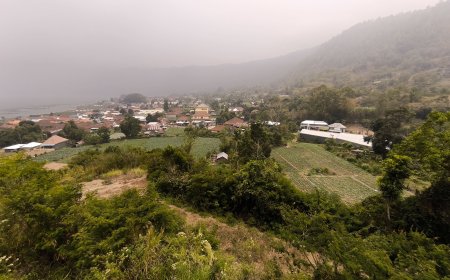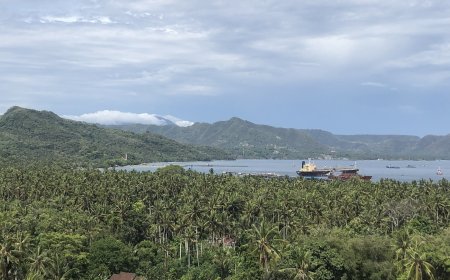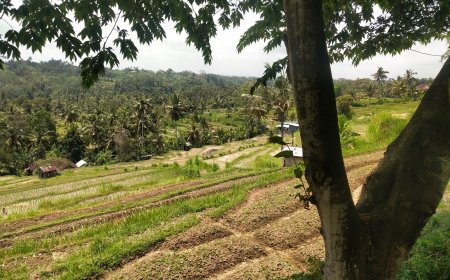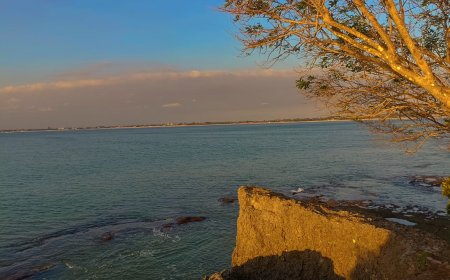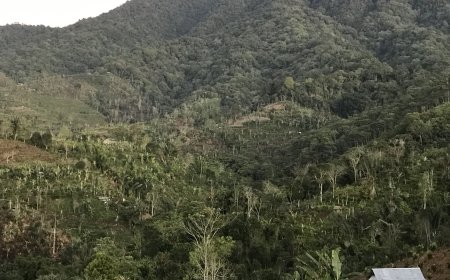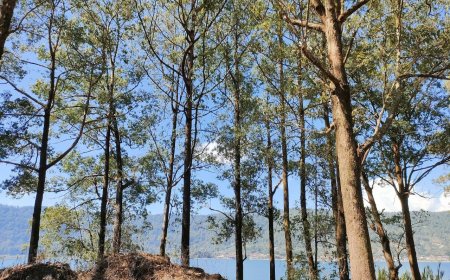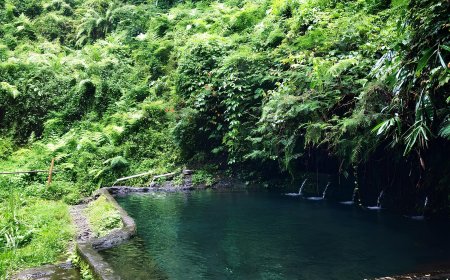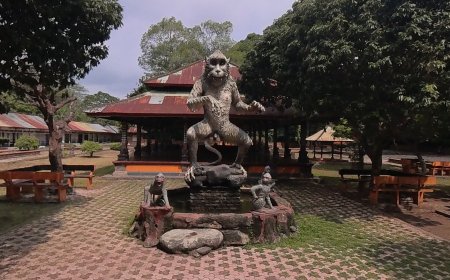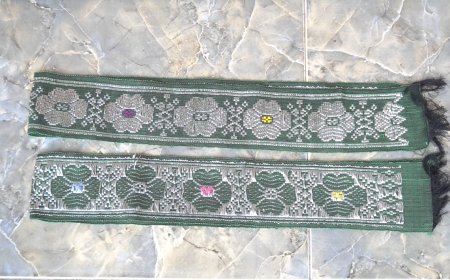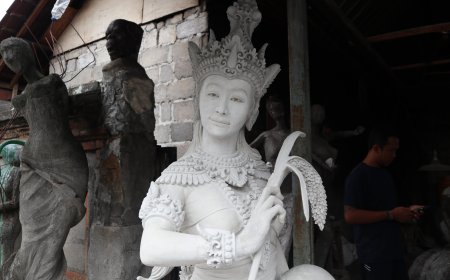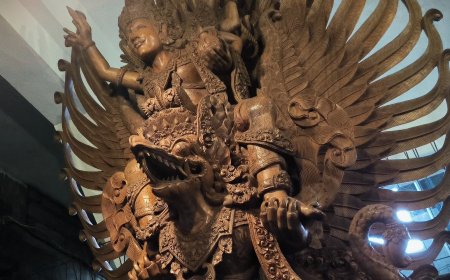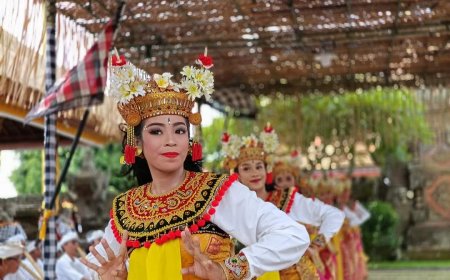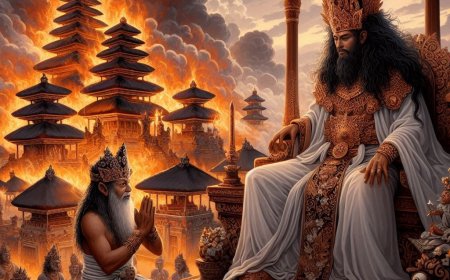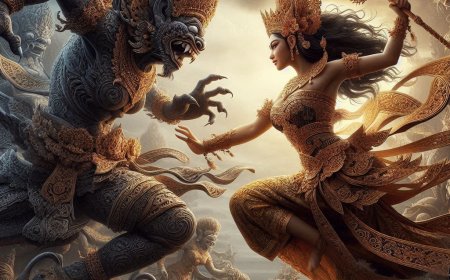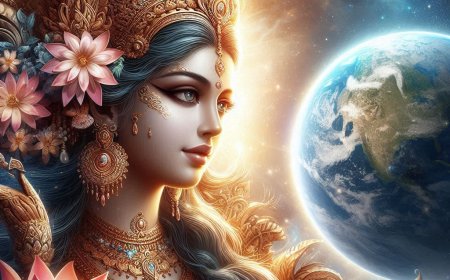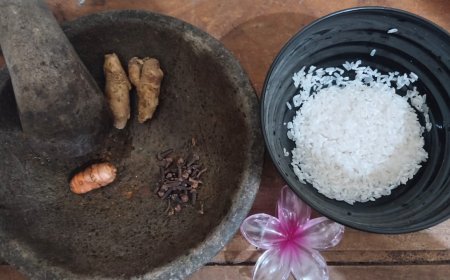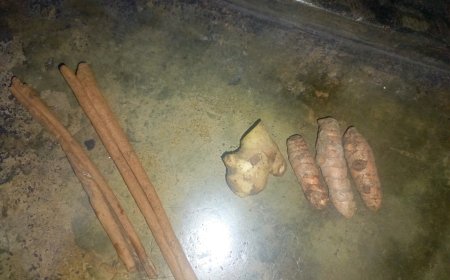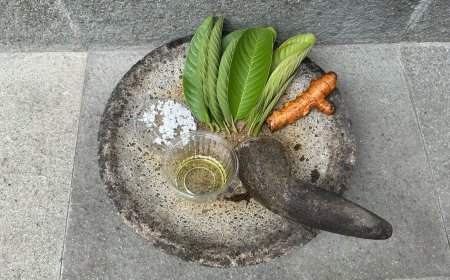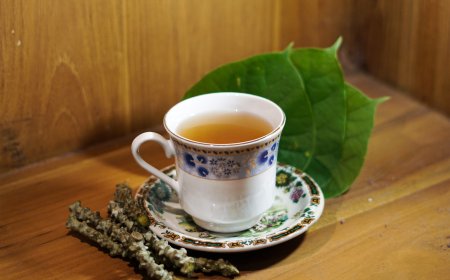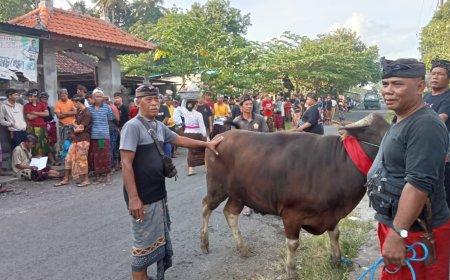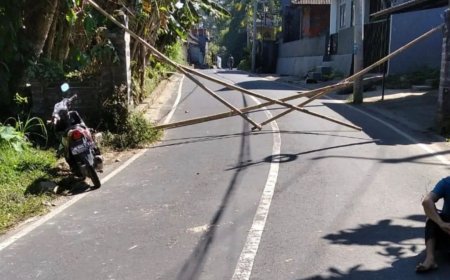Nyekah Ceremony: Post-Ngaben Ritual for the Unification of Ancestral Spirits
In Balinese Hindu tradition, the Nyekah ceremony is an essential part of the Pitra Yadnya rituals. This ceremony is conducted after the Ngaben cremation ritual, aiming to purify and release ancestral spirits so they can attain liberation (moksha) and reunite with Brahman, the source of eternal life.
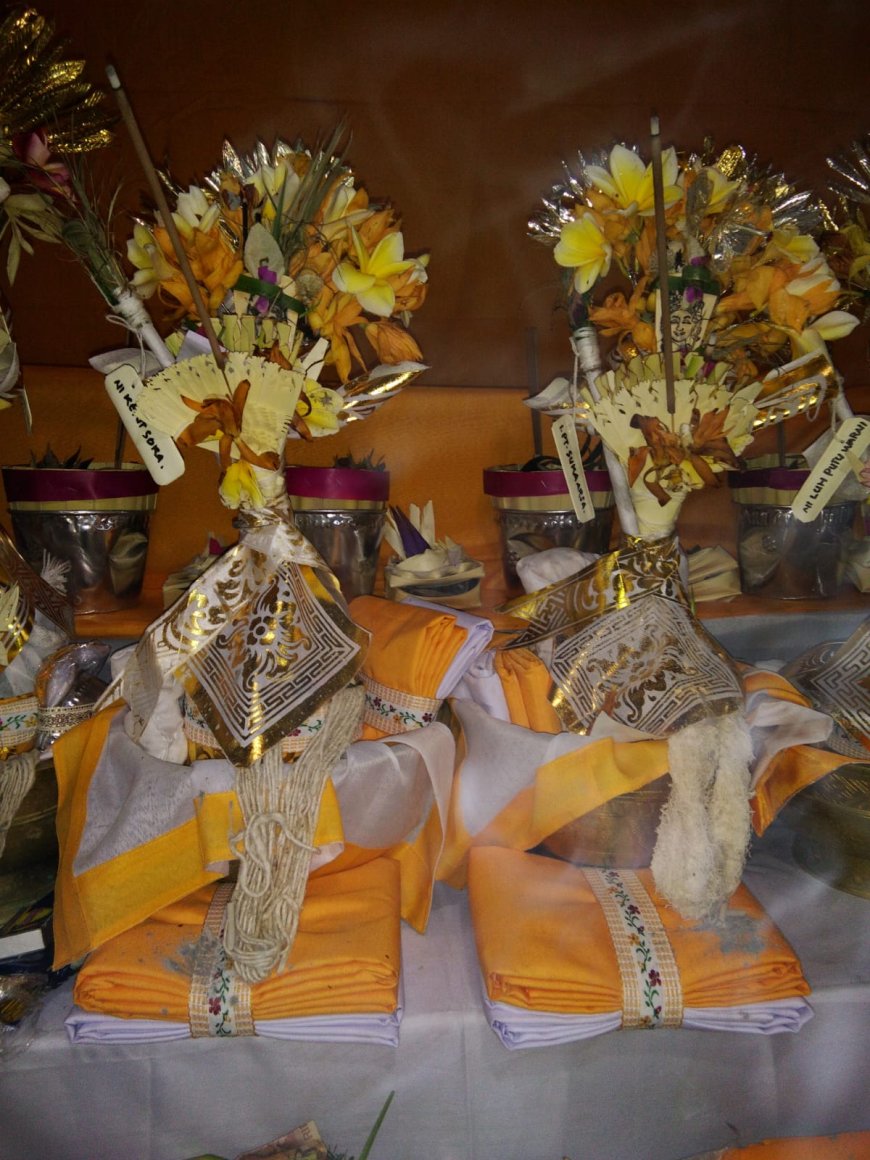
Nyekah, also known as Nyekar, serves to sever the bond between the atma (soul) of the ancestors and the elements of Panca Maha Bhuta (five physical elements) and Panca Tan Matra (five non-physical elements). Through this series of rituals, the soul, having been separated from the gross body (sthula sarira), is given a new symbolic representation in the form of a floral arrangement called Puspalingga or Puspasarira.
The term "puspalingga" signifies flowers as the abode (linggih) of the ancestral spirit (pitara), while "puspasarira" represents flowers as the symbolic body of the spirit. Additionally, the Nyekah ceremony aims to ensure that the spirit, having been cleansed and purified, can continue its journey toward liberation, free from worldly attachments. This process also reflects the respect and devotion of descendants to their ancestors.
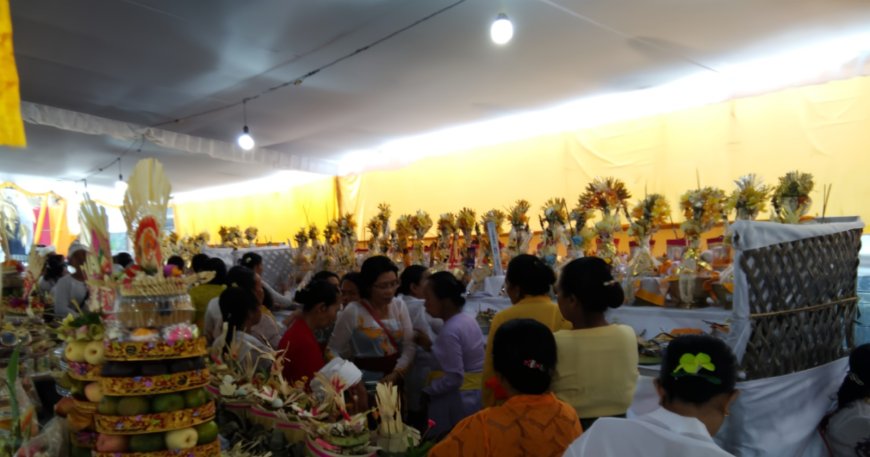
Nyekah Ceremony (Photo Source: Personal Collection)
The Nyekah ceremony involves various stages rich in symbolic meaning, including
1. Ngulapin di Segara This ritual is performed at the sea to seek permission from Ida Bethara Baruna, the ruler of the ocean. This stage marks the beginning of the Pitra Yadnya series.
2. Ngajum Sekah At this stage, symbols of Panca Tan Matra are created in the form of Puspalingga or Puspasarira using materials such as yellow bamboo, banyan leaves, and specific flowers.
3. Ngaskara Sekah The flower arrangement is purified with clean and holy water, followed by sprinkling with fragrant oil. On the base of the sekah bamboo, sacred letters or wijaksara are inscribed according to the level of the ceremony (nista, madya, or utama).
4. Narpana Sekah Offerings are presented to the purified atma as a form of yadnya offering.
5. Ngeseng or Mapralina Sekah The Puspalingga arrangement is burned to symbolize the release of Panca Tan Matra. This process represents the elimination of worldly attachments, allowing the atma to peacefully ascend to khayangan or swah loka.
6. Nganyut Sekah After the burning, the remnants of the ritual are discarded into a sacred river that flows to the sea. The sea is regarded as a representation of the seven sacred rivers or sapta gangga, believed to purify the atma.
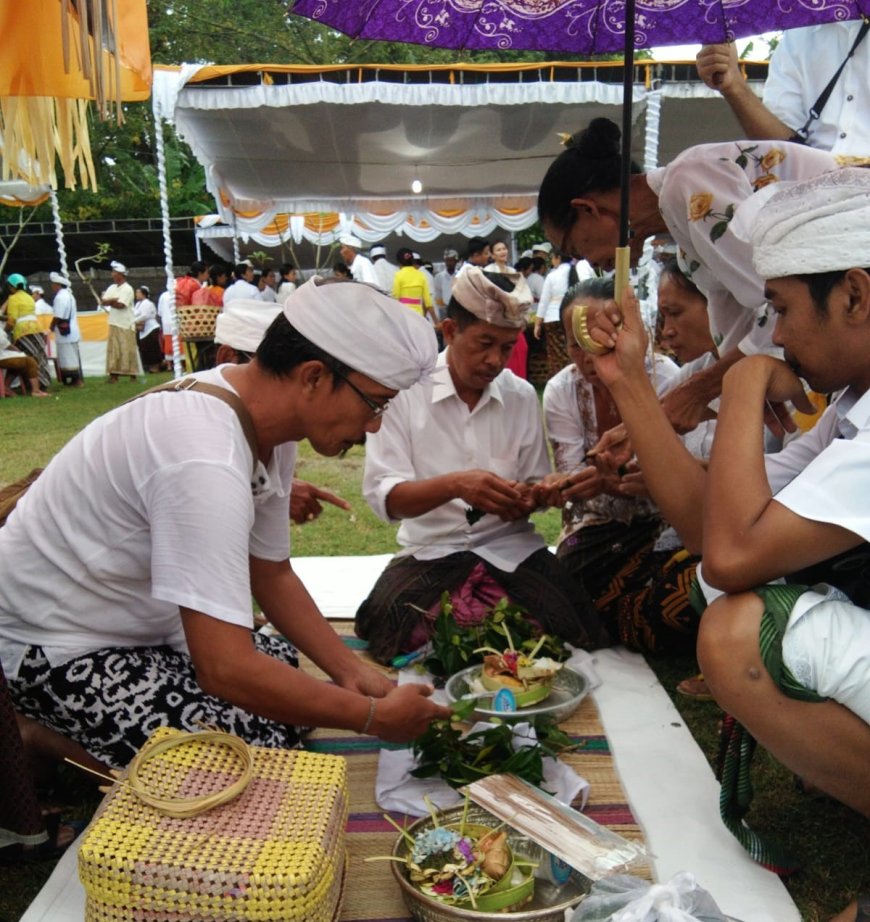
Ngajum Sekah (Photo Source: Personal Collection)
In the Nyekah ceremony, several elements are used as important symbols, including
- Sekah is a symbolic representation of the subtle form of the body of the deceased. If it contains bone ashes, it is called Sekah Asti.
- Donbingin are banyan leaves symbolizing spiritual strength, wrapped around the Sekah framework.
- Bamboo Buluh used as a container for the ulakan, filled with various sacred elements such as basil flowers, champaca flowers inscribed with sacred letters or wijaksara, and jemek containing white gemstones.
- Black Sugarcane Stalk used for purification and offerings, symbolizing the hope that the ancestors being honored will be accepted in the presence of God.
After the Nyekah ceremony, it's followed by the Memukur ceremony to further purify the spirit. This is then followed by Maligya, where the spirit of the ancestor is elevated to Widhi Wasa Pitara. At the final stage, the Ngaluwer ceremony is performed, where the spirit reaches the highest level as Acintya Pramana Pitra.
Although the Nyekah ritual is highly significant, achieving moksha does not solely depend on the grandeur and completeness of the Pitra Yadnya ceremony. The condition of karma wasana, or the quality of deeds during life, plays a major role in determining the fate of the spirit after death. Therefore, noble behavior during life becomes the main provision for attaining eternal happiness.
The Nyekah ceremony is not merely a religious ritual but also an expression of devotion and respect for ancestors. Through its conscious and sincere implementation, it is hoped that future generations will inherit profound spiritual values and be blessed with health, happiness, and prosperity. Thus, this tradition becomes a bridge connecting humans with the spiritual realm and Sang Hyang Widhi.
